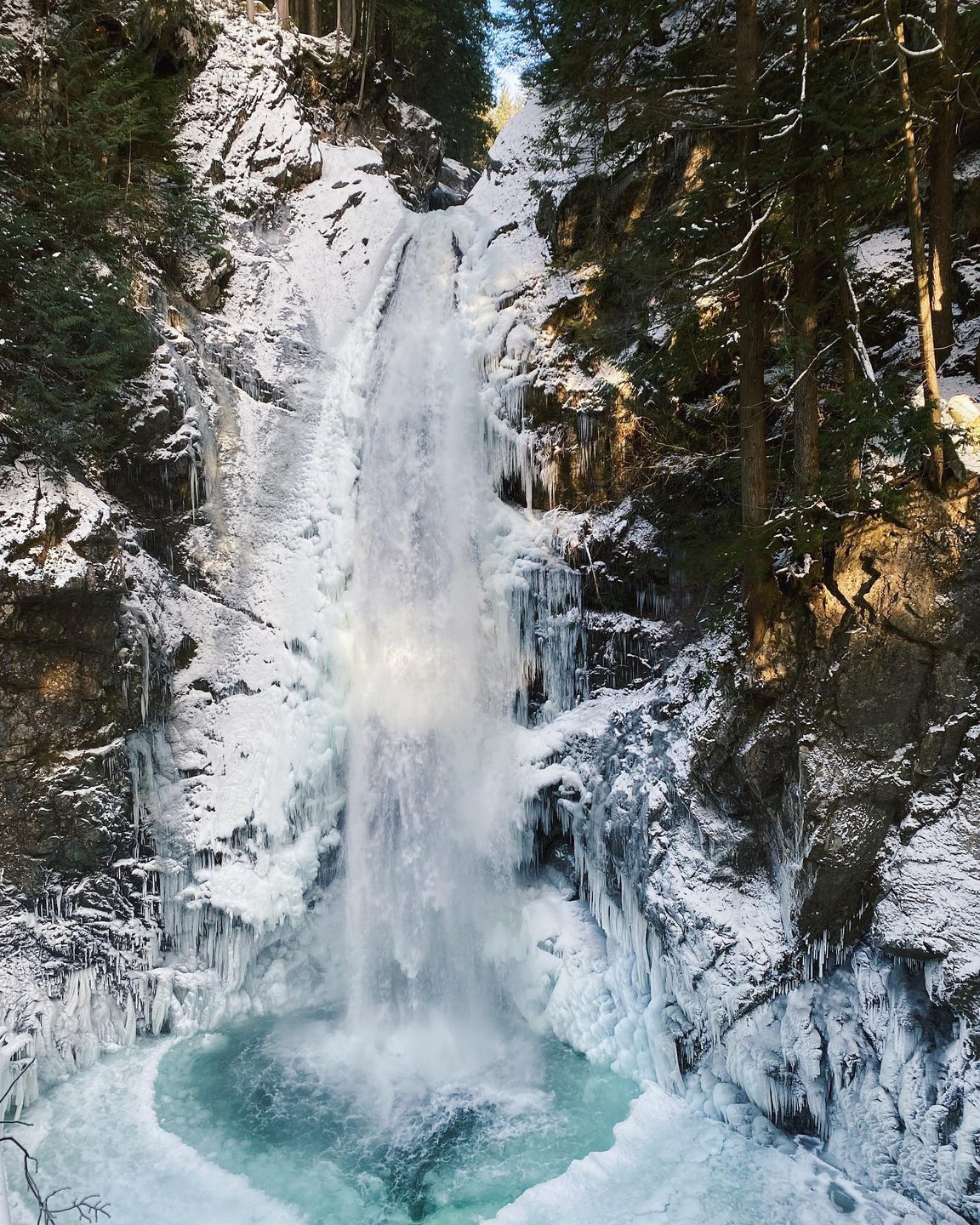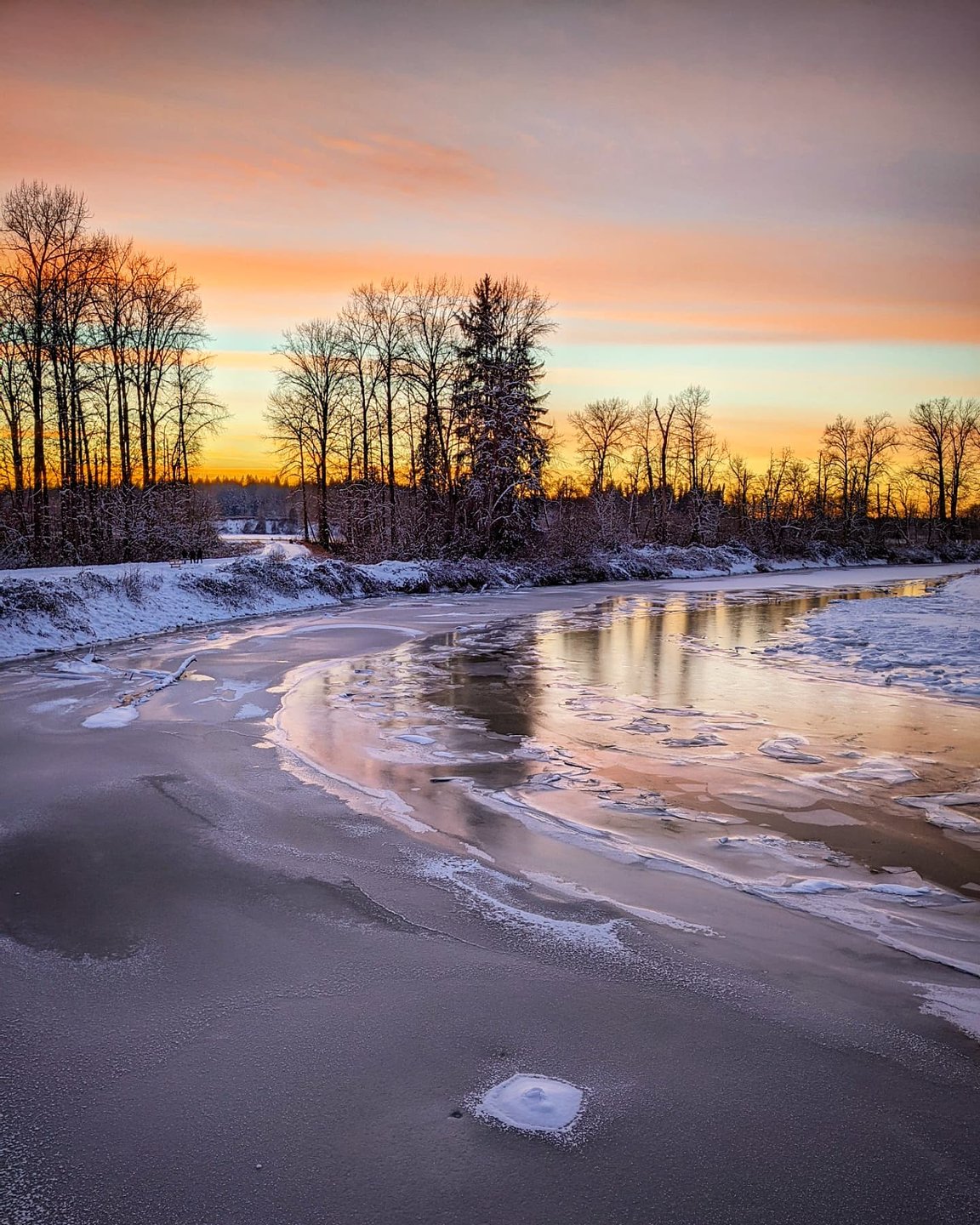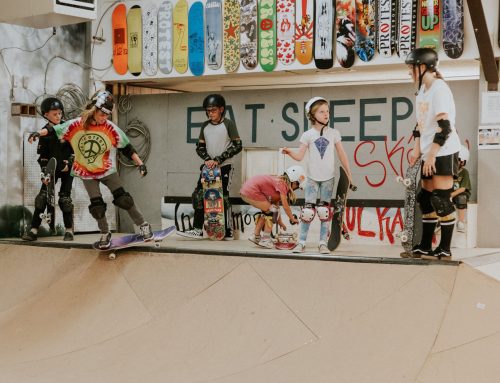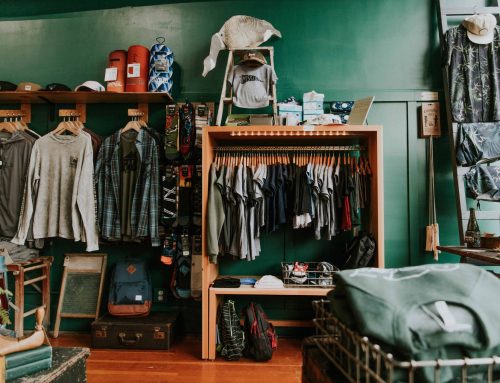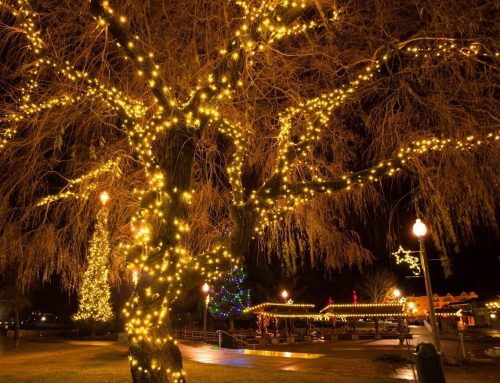Winter Safety
Winter is a fantastic time to head out for exhilarating adventures — being an off-peak tourist season, it’s a lot quieter out, yet the scenery and surroundings are still just as captivating. A magical snowfall or icy backdrop can add a whole new dimension to scenery like waterfalls … great for some eye-catching photography! Winter also means spirited activities like skiing, snowboarding, snowshoeing, sledding; and even ice-climbing and winter camping. But, if there’s anything the last few years have taught us, it’s that weather is unpredictable, and winter is no exception! Here are some tips to ensure a safe outdoor experience while participating in the myriad of winter activities along BC Route 7.
- Photo: @ainsleymoo on Instagram
- Photo: @ashley_williamson on Instagram
- Photo: @8track_go_go on Instagram
PLAN AHEAD AND BE PREPARED
– Dress appropriately for the weather; layers of moisture-wicking material under a warm jacket with a waterproof shell will keep you dry and warm, and layering helps accommodate changing body temperatures that come with outdoor activity.
– Ensure you bring plenty of fluids to keep hydrated during outdoor activity.
– Check your equipment before you head out to do winter sports.
– Don’t forget sunscreen; the sun reflects off snow and ice, and a day of fun outdoor activity will be sure to result in a burn without it.
– Familiarize yourself with the area you’ll be spending time in, including what the cellular or satellite coverage is like.
– Before heading out, check DriveBC.ca for the latest information on road closures and advisories. It’s a good idea to have a look at the highway webcams.
– Winter tires or chains are required in most routes of BC from October 1 to April 30.
– Certain winter roads also require the carrying of snow chains (such as Hemlock Valley Road, to Sasquatch Mountain Resort). Read more about tire and chain requirements at the Government of BC website.
Two of our BC Route 7 communities offer skiing, snowboarding, tubing, and snowshoeing in spectacular, first class mountain resorts. Visit Manning Park Resort or Sasquatch Mountain Resort to see everything they have to offer; from snow sports to delicious dining and comfy accommodations.
EQUIPMENT/GEAR: A proper helmet for snowsports is a must. The Canadian Ski Council has tips on choosing the right helmet, including buying a helmet that meets at least one of the three current international standards (ASTM F2040, CEN 1077, Snell RS-98). Proper fit to your head shape is key. The front part must sit the width of two fingers above your eyebrows. Keep the chin strap fastened. It’s also vital to ensure your poles, skis and bindings are properly fitted and adjusted by a professional to avoid injuries. A high quality pair of goggles is essential for protecting your eyes from the elements, and from injury. Wear bright colours so others can see you.
CHAIRLIFT SAFETY: Teach children to face forward and sit still; and never bounce or turn around to talk to people behind them. When it’s your turn to dismount, pay attention and get ready – don’t fidget with goggles, poles, or your phone as you dismount. Watch so long items like scarves don’t get entangled. Choose your line and clear the dismount area swiftly as others will likely be right behind you.
TREE WELLS: These form when snow has accumulated around the base of the tree, but the bottom branches keep snow from piling near the trunk. This creates a hole around the base of the tree, which gets deeper with continued snowfall. A skier can fall into a hole, often headfirst, and in the struggle to get out, cause snow to fall into the well, which can result in a skier getting stuck, and can even cause suffocation; similar to being caught in an avalanche. Ski in pairs or in a group so you can keep an eye on each other. If you fall into a well, try to dig snow out of the way to create a pocket of air around your mouth. Wear a whistle on your jacket so you can alert others if you get stuck.
OTHER TIPS:
– New to the sport? Take lessons and proceed slowly; don’t overestimate your abilities and don’t attempt runs beyond your skill level.
– Ski and snowboard on marked trails only and stay away from out-of-bounds areas. If skiing with a group, have a designated meet-up point.
– Maintain a safe distance from others to avoid the possibility of collision.
– Remember that skiers in front of you have the right of way. Before you head down a hill or join onto a trail, look back to ensure no one is coming down.
– Don’t stop in the middle of a trail or in a spot where you can’t be properly seen.
– Always remain in control and able to stop or avoid objects. Keep a clear head and focused mind, never use alcohol or drugs.
SNOWSHOEING
Snowshoeing is a fantastic low-impact activity that has less chance of injury compared to skiing or snowboarding. But many people underestimate what an intense workout it is, especially in deep snow. Snowshoeing can burn up to 1000 calories per hour and expends a lot of energy, so it’s vital to fuel your body before you go and a great idea to pack carb and protein rich snacks for your trip. It’s a wise idea to stick to established snowshoe routes such as those in Manning Resort or Sasquatch Mountain Resort. Don’t head out into the backcountry unless you have experience in the backcountry and have first aid and avalanche training
OTHER TIPS: West coast winters so often mean rain, so prolonged periods of cold usually bring out people curious to try out skating or ice-fishing but, how can one be sure the ice is thick enough? The Canadian Red Cross recommends that ice be a minimum of 15cm thick for a person to walk or skate on, 20cm thick for a group of people, and 25cm thick for snowmobiling. The best way to determine thickness is to have an auger to drill into the ice or an axe to chop into it to see the thickness. The strongest and densest ice usually looks blue or black from the surface. While walking near icy waterways, never let your dog roam out onto the ice. It may look safe, but it isn’t. Currents and moving water will affect the thickness of the ice. Learn more about winter safety at these valuable online resources: AdventureSmart: chock-full of information about staying safe while enjoying the great outdoors. We love to see where your winter adventures take you, please tag your photos with #BCRoute7 to share them with us. For more information on these or other fun activities along BC Route 7, follow us on Instagram and Facebook.
– Start small and work your way up from shorter to longer treks to familiarize yourself with different snow conditions and improve your physical fitness.
– The combination of sunshine and fields of white snow is hard on the eyes: make sure to wear sunglasses to cut the intense glare.
– Along with extra food and water, have the following in your pack to give you peace of mind: first aid kit, a box of waterproof matches, a candle, emergency blanket, compass or GPS, a whistle, pocket knife, small flashlight or LED headlamp, small hatchet, snow shovel.
– Avalanche training and knowledge is vital for backcountry trips or winter camping, get started on a journey to avalanche safety by visiting Avalanche Canada and learn about their training courses.RESOURCES
Avalanche Canada: learn about how to identify avalanche terrain, conditions in which avalanches occur, trip planning, avalanche safety and training.
Canadian Red Cross: snow and ice safety.
Drive BC and Transporation BC for checking road conditions, closures or restrictions before heading out.



